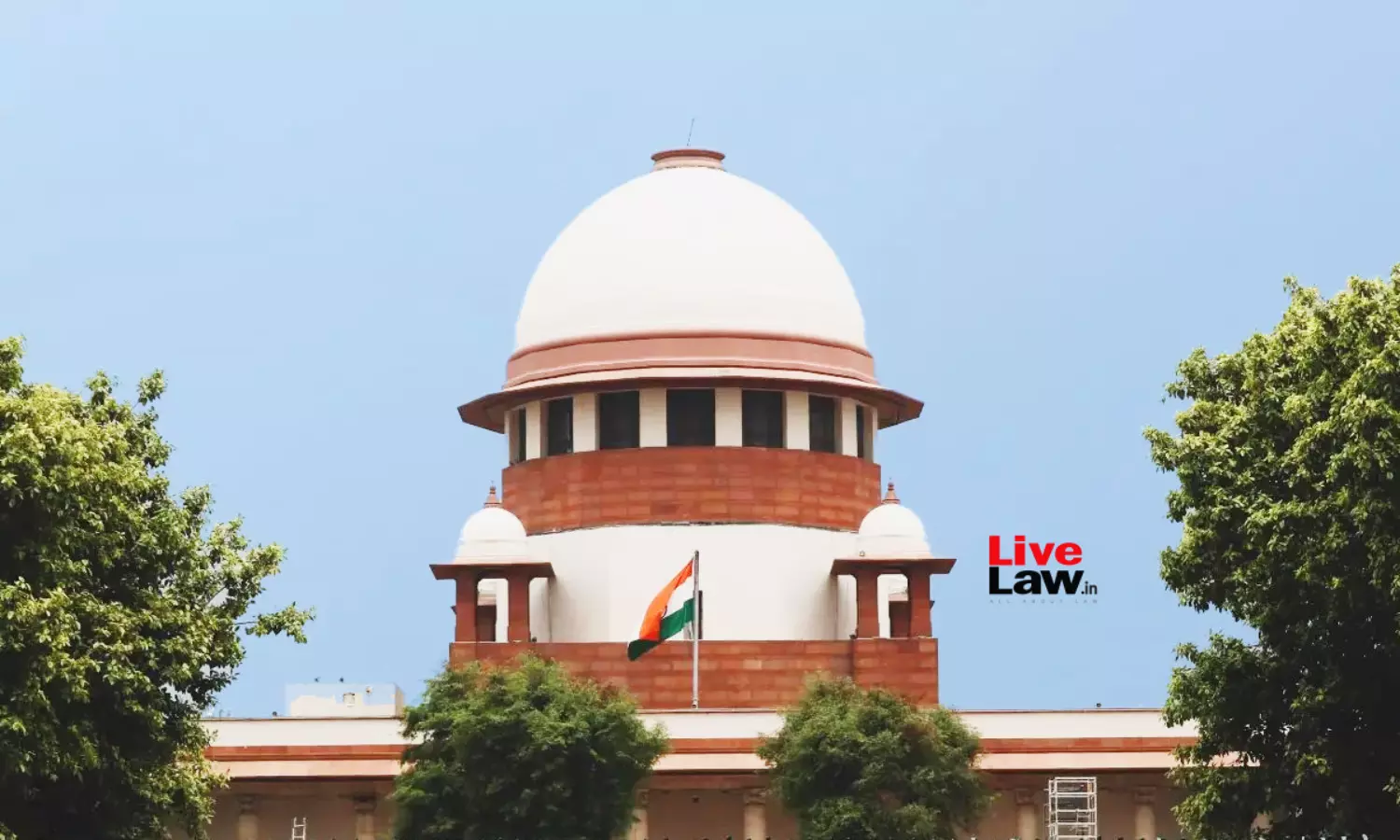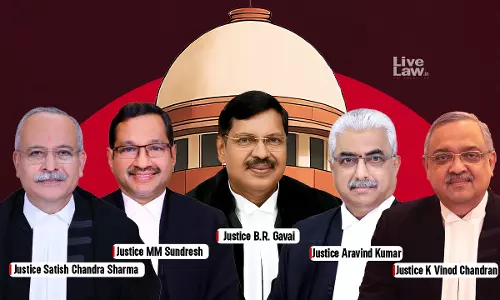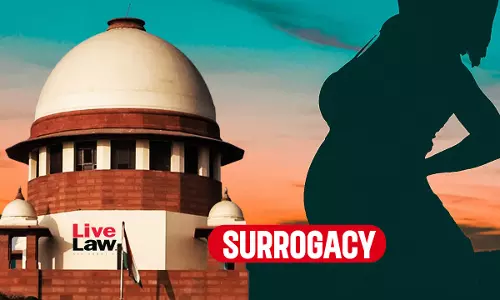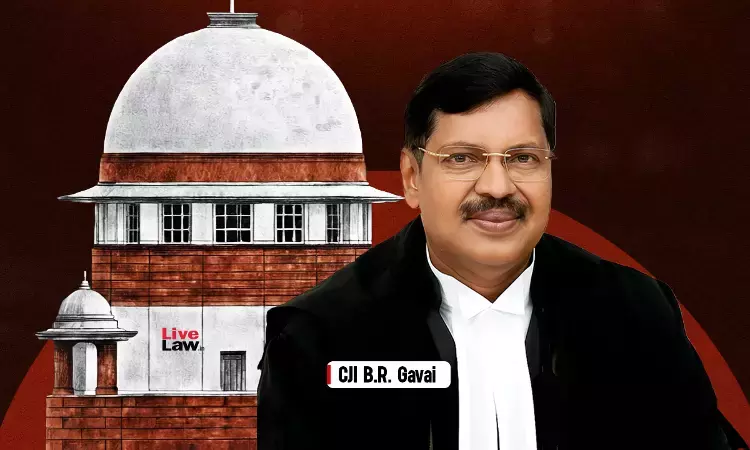Supreme Court Directs State Governments To Implement S. 136A Motor Vehicles Act For Electronic Monitoring Of Road Safety

The Supreme Court today (September 2) directed all state governments to take immediate steps to implement Section 136A of the Motor Vehicles Act, 1988, which pertains to the electronic monitoring and enforcement of road safety. The Court also directed all state governments to ensure compliance Rule 167A(A) of Central Motor Vehicle Rules by issuing challans on the basis of footage from...
The Supreme Court today (September 2) directed all state governments to take immediate steps to implement Section 136A of the Motor Vehicles Act, 1988, which pertains to the electronic monitoring and enforcement of road safety. The Court also directed all state governments to ensure compliance Rule 167A(A) of Central Motor Vehicle Rules by issuing challans on the basis of footage from electronic enforcement devices.
Section 136A mandates that state governments ensure electronic monitoring and enforcement of road safety on national highways, state highways, and roads in urban areas with a population prescribed by the Central Government. Further, the Central Government has to make rules for electronic monitoring and enforcement including speed cameras, closed-circuit television cameras, speed guns, body wearable cameras and such other technology.
“We therefore direct that all the state governments shall immediately take steps to implement sections 136A of MV Act in terms of Rule 167A. After deciding about the electronic enforcement devices to be used for issuance of challans, all state governments shall ensure that compliance is made with sub-rule (3) of Rule 167A by issuing challans on the basis of footage from electronic enforcement devices. We direct the Ministry of Road Transport and Highways to forward copies of this order to all concerned states governments”, the Court stated in its order.
A bench of Justice Abhay Oka and Justice Augustine George Masih described Section 136A as an innovative provision designed to help state governments ensure road discipline is followed.
The Court stated, “According to us Section 136A is a very innovative provision which will help all the state governments in ensuring that road discipline is followed and the provisions of MV Act and Rules are scrupulously followed. If section 136A is implemented the state machinery will get data of the vehicles and individuals which are offending the provisions of MV act and Rules so that those violating the provisions can be prosecuted.”
The Supreme Court specifically directed the state governments of Delhi, West Bengal, Maharashtra, Tamil Nadu, Karnataka, and Kerala to report on the steps taken to comply with Section 136A of MV Act in terms of Rule 167A of the Central Motor Vehicles Rules, 1988.
These states are supposed to submit their reports to the amicus curiae by December 6, 2024. The Court scheduled the matter to review these reports on December 13, 2024 and said that it will issue further directions to other state governments to ensure nationwide compliance with the provisions of the Motor Vehicles Act.
Rule 167A of the Central Motor Vehicles Rules, 1988 inserted by the seventh amendment in 2021, provides guidelines for implementing Section 136A. It provides that electronic enforcement devices used for issuing challans must have an approval certificate from a designated authority of the state government, certifying the device's accuracy and proper operation. The rule also mandates that these devices be placed in high-risk and high-density corridors and critical junctions in major cities more than one million population, including 132 notified cities, to monitor traffic violations effectively.
According to Rule 167A, footage from electronic enforcement devices can be used to issue challans for various offenses, including overspeeding, stopping or parking in unauthorized locations, not wearing protective gear, jumping red lights, driving against the authorized flow of traffic, and other violations as specified under the MV Act and rules.
The Court also highlighted that a committee, known as the Supreme Court Committee on Road Safety, has already been appointed to oversee road safety measures. The Court said that the committee can monitor the implementation of Section 136A and Rule 167A, taking into account the views of all stakeholders. A copy of the Court's order will be forwarded to this committee to facilitate the necessary actions.
The Court passed this order in a writ petition filed by Dr. S. Rajaseekaran, Chairman and Head of Department of Orthopaedic Surgery, Ganga Hospital, Coimbatore on the issue of road accident deaths.
The Court in the same case is also considering the issue of cashless treatment to victims of road accidents as well as formulation of a mechanism so that the General Insurance Corporation of India can make online transfers of compensation to the accounts of persons held entitled. Last week the Court said that it will pass directions to implement a statutory scheme for compensation and cashless treatment for road accident victims under section 162(2) of MV Act.
Case no. – WP (C) No. 295/2012
Case Title – S. Rajaseekaran v. Union of India and Ors.




